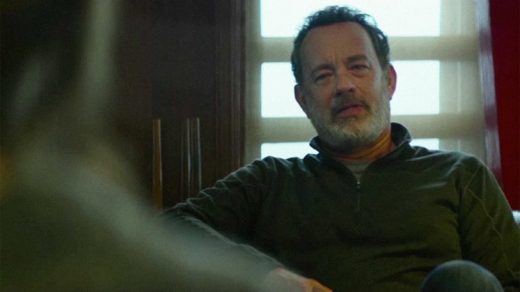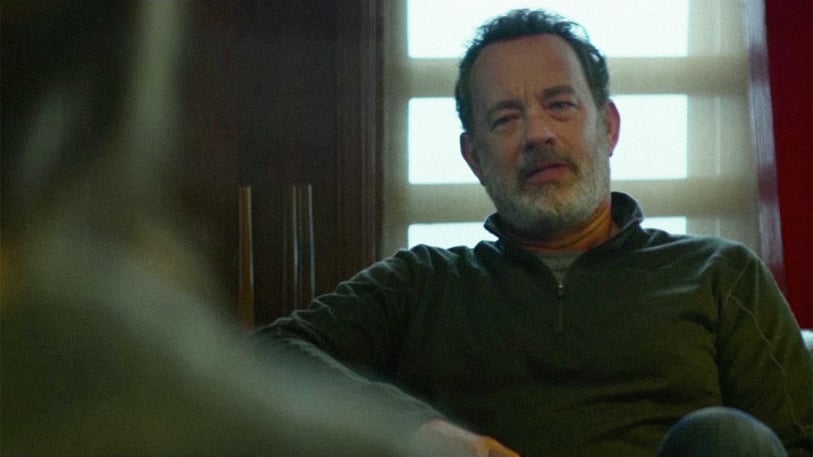Twitter CEO Jack Dorsey Talks Diversity With The Cast Of ‘The Circle’
Twitter CEO Jack Dorsey recently hosted a roundtable discussion at Twitter HQ with the stars of The Circle. Adapted from Dave Eggers’s 2013 novel, The Circle is a not-too-distant look into the future of what social media can become. Spoiler alert: it’s not pretty.
Mae Holland (Emma Watson) is a rising star at the social media company The Circle. All is well until she agrees to be a part of an experiment created by the company’s founder Eamon Bailey (Tom Hanks) that calls into question very pertinent issues like privacy and surveillance.
The cast and director of The Circle brought those topics and more to Dorsey doorstep at Twitter HQ for a live “fireside” chat. Below are Dorsey’s highlights from the discussion.
Fostering Diversity in Silicon Valley And Beyond
“First and foremost we want to build a service that is accessible to anyone. We need different perspectives to understand why it’s not accessible to someone. So we benefit pretty dramatically from having different perspectives within the company, different ways of thinking, different backgrounds, different contexts from people all over the world. And if we can’t have that insight, we certainly can’t present that externally as well. We saw an opportunity not just to change the ratio but also hold ourselves accountable to it very publicly. We were one of the first companies to actually share our goals, not just [of] where we are, but what we’re trying to get to because it is something that not only we have to address but our industry has to address and other industries have to address as well.”
Building Up From Within
“I think the more important [thing] is not just diversity but inclusion as well and making sure that we’re building an environment that helps everyone feel welcome, helps everyone feel that they can thrive, helps everyone feel that they can set a bar for themselves in terms of their skill level of what they want to do. We’ve had people join the company as a supporter and have aspirations to become an engineer or designer. Having that internal path and mobility is also really important because I think we focus a lot in our industry and certainly elsewhere on the people we don’t have, how to get them in versus the people we do have and how to how to grow them. So we’ve been putting a lot more emphasis on the people we do have and how do we build a more inclusive environment which will have an end result of creating more diversity of gender, of race, of sexual preference, but also of ideology so that we’re really understanding all perspectives.”
Pinpointing the Diversity Problem
“I’m not sure what the what the causes are. I think some of it probably comes down to location and where a lot of these things started and just holding on to that particular locale versus really broadening out. But I think [it’s about] first just acknowledging it and then what are the most tangible steps that we can take, what can actually build into our DNA and our practice every single day has been our focus.”
When Social Media Goes South
“The biggest thing that technology can do in the positive or negative is just change the velocity of something. This is obviously a complicated problem that we don’t fully understand yet because the technology is so new. I think if we can create greater venue for people to offer support faster, to provide resources of help, if you do have more negative leaning thoughts, to just try to use the crowd and the support structure that you may have around you to influence a different sort of outcome. But it’s new and we have to learn really, really quickly. But I do think we can’t just be toolmakers here. I think we need to make sure that we are advocating for positive usage of it, realizing that there will be negative. And the faster we can learn from that and understand where the appropriate time is to help and and how to help, we get better. So we just how to make it a priority.”
(51)



